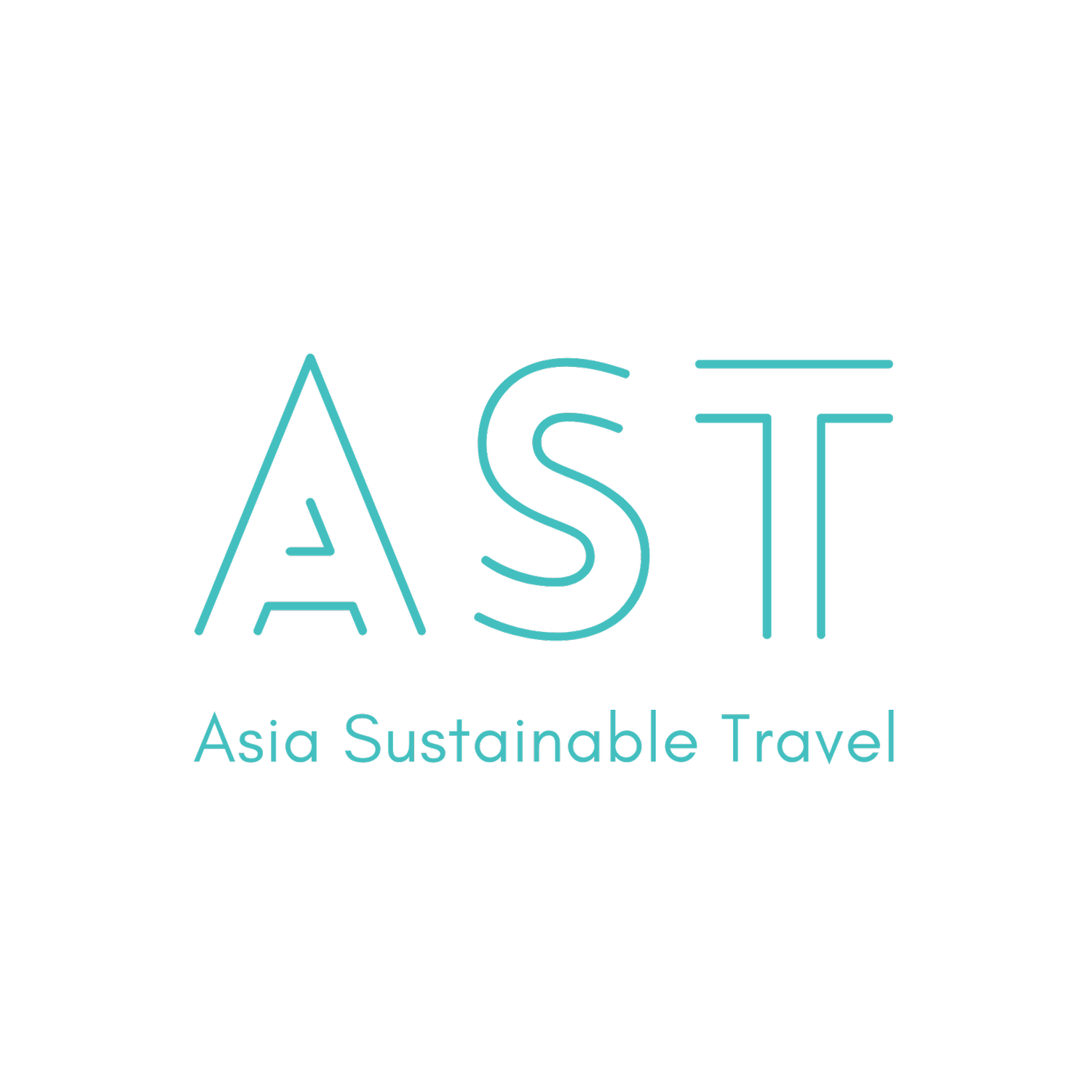A Closer Look: A Travel Boom or Overtourism in Japan?
Photo: Travel Caffeine
Why it matters?
Japan's recent surge in tourism has captured global attention, with travelers ranging from celebrities like Oprah and Beyoncé to my Millennial and Gen-Z Asian colleagues flocking to its shores.
Yet, alongside the economic benefits, this influx has brought about challenges that demand policymakers to handle with deliberation.
A report from NHK shows that skyrocketing land prices in major cities such as Tokyo, Kyoto, and Osaka reflect the growing demand for luxury accommodations.
Moreover, incidents of disruptive behavior by tourists have strained relations with local communities, exemplified by the construction of a barrier to block the iconic view of Mount Fuji and a law restricting tourists from the Gion district of Geisha.
Photos: Alamy via The Times (L) and Kyodo via REUTERS (R)
But what fuels the surge in inbound travelers to Japan?
Legacy of Abenomics and Tokyo Olympics 2020
Late Prime Minister Shinzo Abe strategically made tourism a pivotal driver of economic growth, with ambitious targets set to attract 40 million visitors by 2020, accentuated by the Tokyo Olympics 2020. Though derailed by the COVID-19 pandemic, the commitment to tourism as a post-pandemic recovery strategy persists under Prime Minister Fumio Kishida.
Although Japan reopened its borders later than most Asian countries except China, the country received nearly 80% of pre-pandemic international arrival levels in 2023.
Source: JNTO via Nippon.com
Japan’s Growing Accessibility
At the time of writing this article, the yen's weakened value against the U.S. dollar, the lowest in over three decades, has transformed Japan from a once-costly destination to a more affordable option for travelers, particularly those from Southeast Asia.
February 2024 saw a notable surge in visitors from countries like Indonesia, Malaysia, and the Philippines, reflecting this newfound accessibility.
Source: JNTO via CNBC International
Technological Advancements Making Travel in Asia Easier
For many travelers, Japan is a magical destination. Japan's allure lies in its rich cultural heritage, breathtaking landscapes, and renowned hospitality. However, navigating the intricacies of Japanese transportation and communication has historically posed challenges.
When I traveled to Japan for the first time in 2005 before the era of smartphones and social media, I benefited greatly from having a Japanese friend as my travel companion.
Fast forward to 2015, my third time visiting Japan but solo, I had no issues navigating Japan thanks to having a smartphone.
The arrival of smartphones and social media have revolutionized travel experiences, making solo trips and family vacations more feasible and increasing overall accessibility for international visitors.
So A Travel Boom or Overtourism?
Recent reports from Nikkei Asia highlight a concerning trend: popular tourist hubs like Kyoto, Kamakura, and Mount Fuji are grappling with “a surge in overtourism.”
To delve deeper into this issue, we spoke with two leading Japan tourism and hospitality experts, Masaru Takayama, Chairperson at Asian Ecotourism Network and a Kyoto resident, and Atsunori Ito, Operating Team Manager at Hotel Management Japan and a Tokyo resident, to share their analyses.
Takayama underscores the concentrated influx of visitors along Japan's renowned Golden Route and major attractions. Ito notes that while Kyoto's hotel sector can typically accommodate high volumes of tourists, recent peak seasons have strained resources.
At the same time, rural destinations have yet to witness a comparable surge in visitors due to limited international tourism infrastructure.
Does concentrated overtourism displace Japanese locals?
Takayama raises concerns about the displacement of Kyoto’s local residents, citing instances of fully-booked restaurants adjusting menus and prices to cater to tourists, inadvertently pricing out locals.
Additionally, soaring land prices in tourist-favored cities may incentivize residents to convert properties into guesthouses for supplementary income.
On the infrastructure front, Ito highlights pressing issues concerning traffic congestion and overcrowding on public transportation in Kyoto. Takayama recounts instances where tourist-packed buses compromise seating reserved for local seniors and disabled passengers.
In early May 2024, Nikkei Asia reported that Kyoto and Mount Fuji aim to alleviate overcrowding through tourism-designated buses, increased entrance levies, and adjusted operating hours for popular attractions.
What Measures Can Be Taken to Address Overtourism?
Itinerary Diversification
Takayama urges travelers who may come to Japan for the country's culinary and retail experiences to add lesser-visited places to their itineraries to explore beyond the Golden Route. This not only disperses crowds but also offers a richer cultural and natural experience.
Community Engagement
Ito stresses the importance of responsive governance at local and national levels.
Inclusive tourism policy-making that considers the needs and concerns of residents and businesses is essential to sustainable tourism development. Chief among them is the availability and accessibility of housing and transportation.
He hopes that “local and national governments collaborate to solve these problems and prevent them from happening to up-and-coming attractions.”
Year-round Destination Branding
Takayama highlights Japan's diverse geography boasting 35,000-kilometer-long coastline conducive to year-round travel.
Start by reducing the strain on popular destinations during peak seasons such as cherry blossom, and promoting off-peak travel through incentives or events to achieve this goal.
Visitor Education and Management
This strategy, built on educating visitors on responsible and culturally appropriate travel practices, may prove difficult to implement, given that travelers come from all over the world with their own values, beliefs, and habits. But it is vital to preserve Japan’s allure and integrity, and it is also rewarding if any destination, not only Japan, executes right.
Many destinations around the world have tried both carrots and sticks approaches. Initiatives like the Palau Pledge, which rewards responsible behavior, serve as inspiring models.
Further, we previously wrote about harnessing the power of influencers to re-influence travelers by selecting and collaborating with value-aligned content creators.
Amidst the global pursuit of tourism as an economic catalyst, overtourism remains a pressing challenge for many nations. Japan's handling of this issue holds significant relevance as it potentially offers valuable lessons for other destinations grappling with similar dilemmas.











